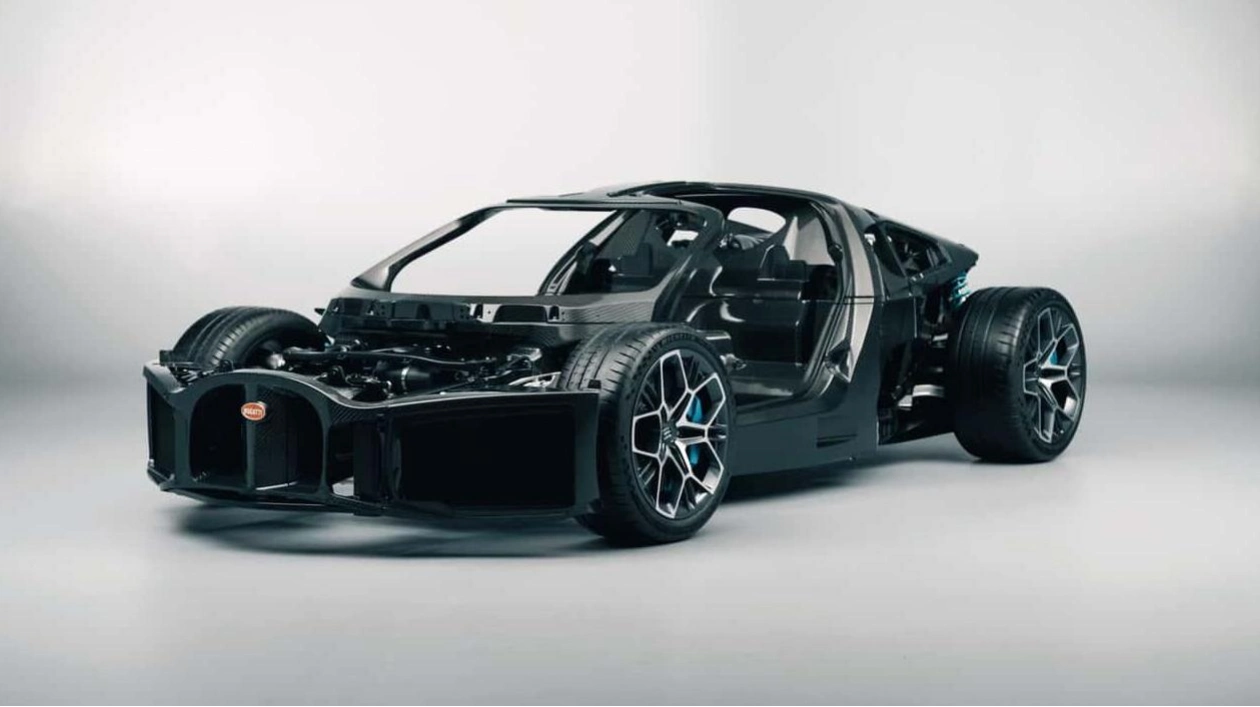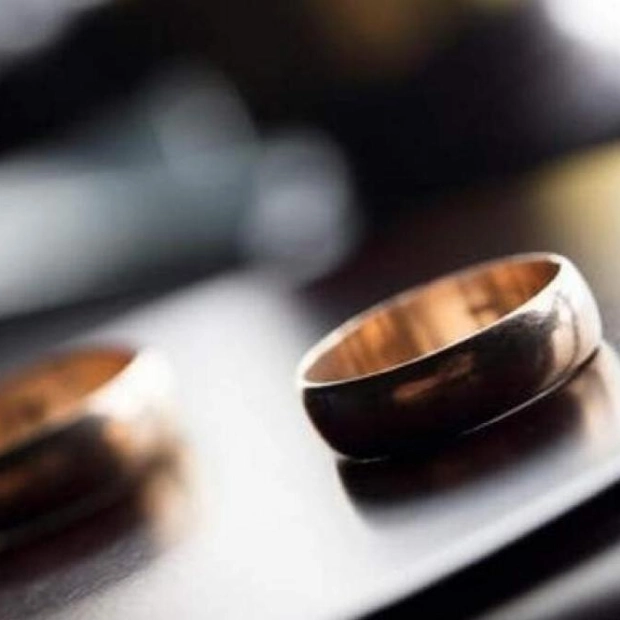Bugatti has unveiled a new chassis for the Tourbillon hypercar, designed to accommodate changing regulations and a cutting-edge hybrid drivetrain. The French automaker was unable to reuse the platform that supported both the Veyron and Chiron, leading to a groundbreaking redesign. The results are nothing short of extraordinary, as evidenced by the recent photos and videos released by Bugatti.
The engineering challenge was immense. The brief for the Tourbillon called for a vehicle not much larger than the Chiron, yet it had to house a V-16 engine coupled with an electric motor and dual-clutch transmission, a twin-motor front axle, and batteries to power the entire system. The V-16 engine is longer than Bugatti's previous W-16, and the electric components require significant space as well.
To manage this, Bugatti positioned the V-16 closer to the rear bulkhead, with fuel tanks flanking it. The batteries are arranged in a 'T' shape behind the seats and within the central tunnel. The seats are brought closer together and fixed in place to minimize frontal area, while the pedals and steering wheel are moved closer to the driver. The front electric motor is located just behind the small luggage compartment.
Despite these changes, the wheelbase of the Tourbillon is only slightly longer than that of the Chiron, and the roofline is even lower. A key innovation is the carbon-fiber diffuser, which also serves as a rear crash structure, eliminating the need for a separate beam. Other notable features include eight radiators and 'skeletonized' 3D-printed wishbones from Divergent, the company behind the Czinger 21C.
There are countless other impressive details, making the Tourbillon a marvel of modern engineering.






